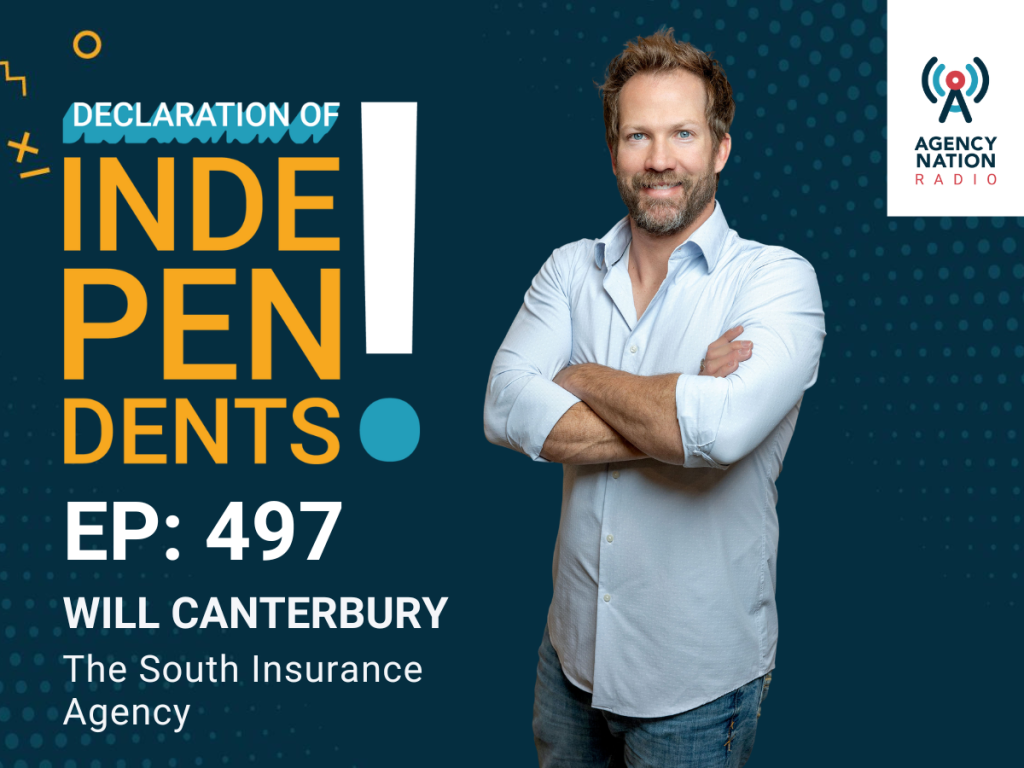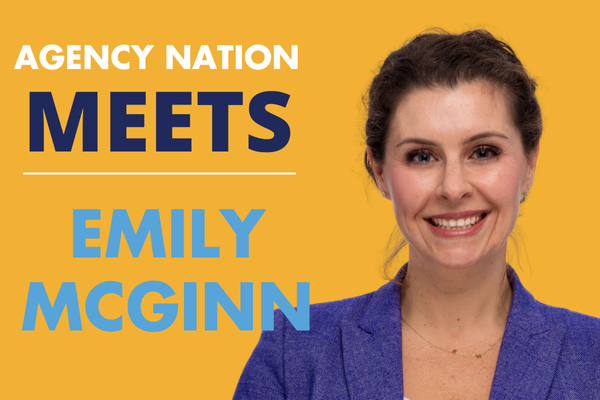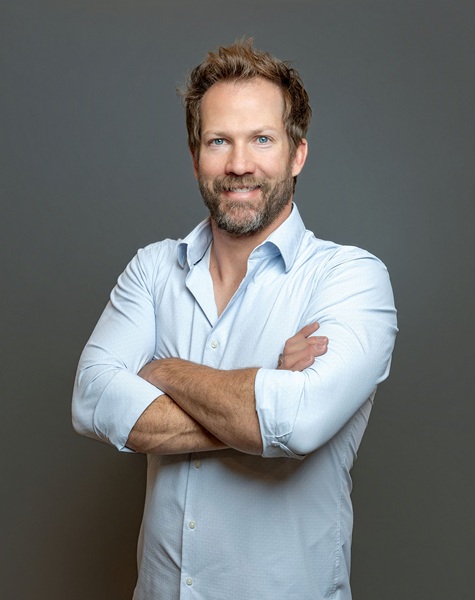How to Stretch Your Marketing Budget

By: Jacquelyn Connelly
It’s easy to not spend money on marketing.
Between keeping the lights on at the office, making sure your agency technology is up to date and compensating your people for a job well done, plenty of deserving areas demand financial attention in a more obvious way.
As an agency owner, “you have all these set, fixed prices, and marketing is usually not fixed,” says Robyn Sharp, owner of Sharp Family Insurance and founder of Mega Agency Marketing, a marketing firm that specializes in helping agents use online marketing to grow their agencies.
When things get tight, “it’s easy to scrap your marketing budget and say, ‘We don’t have to pay that. We have to pay for all these other things just to stay in business,’” Sharp points out. “But then you end up cutting off your lead sources, and your income goes down. It’s a trap long-term.”
Paul Kurnit, clinical professor of marketing at Pace University and CEO of PS Insights, a marketing communications consultancy firm, believes that “in a sales-oriented environment, marketing often gets a bad rap—it’s seen as an expense rather than an investment. But if independents don’t develop a plan, they’re operating rudderless.”
Creating a marketing budget—and sticking to it—gives you “a framework to begin from,” Sharp says. “You know this money is available, and you’re investing in your business on a regular basis.”
“Given the limited resources at an independent agency today, an agency needs to be very tactical about how they’re spending money for marketing,” says Tim Cunningham, managing director of OPTIS Partners, a mergers & acquisitions consulting firm. “The marketing budget should be reflective of the strategic and business plan. If you don’t know where you’re going, when you get there, you’ll be lost.”
The Magic Number
In 2017, the average agency marketing budget totaled $16,400 per year, according to the 2018 Future One Agency Universe Study. Proportionally, that’s about 19% of the average independent insurance agency’s expenditures—up from 13% in 2015.
How does that translate in terms of revenue? Cunningham says agencies should be spending about 2% of revenue on advertising and promotion. Peter van Aartrijk, principal with Chromium and co-author of “The Powers: Ten Factors for Building an Exponentially More Powerful Brand,” agrees, citing data from the Best Practices Study.
But few agencies, van Aartrijk believes, are currently “spending at the right level.”
“Best Practices agencies are spending 2-3% on a consistent annual basis, and that’s just to maintain business,” van Aartrijk points out. “If you’re getting involved in a merger or you’re expanding your geographical footprint or you’re rolling out a new product line and you really want to get stronger in a certain niche, then you want to be spending more than that.”
Kurnit actually places the number much higher, in the 5-10% range. But pinning down a precise percentage of revenue to spend on marketing is “impossible,” he says, because “it depends on the size of the business, the type of business and the trajectory of the business, and it depends on the marketing plan. If the plan feels good, then you retro-fit the budget that feels comfortable.”
Not comfortable “like an old pair of shoes,” by the way—“comfortable like a really nice-looking new pair of shoes,” Kurnit jokes. “For people who are not used to marketing, there’s going to be a level of discomfort, and that’s OK. You set goals, but there is no guarantee that you’re going to achieve what you set out to achieve until you take the leap.”
Carrier Support
In 2017, an average of 10% of agency marketing budgets came from carrier support programs, according to the Agency Universe Study. But 54% of all agencies say they received no marketing budget support from carrier programs—and 69% of small agencies, which would stand to benefit the most, reported the same.
Considering many agencies “can’t afford the time or resources for a full-time marketing person,” says Jennifer Jennings, vice president, marketing and training, Grange Insurance, “if we can help them with robust campaign materials, in addition to some financial support, they have the building blocks of what they need.”
Grange offers independent agents marketing benefits packages ranging from $2,500 for new agents all the way up to $50,000 for “our best agency partners,” Jennings says, noting that agencies qualify based on a variety of criteria, including direct written premium, growth factors and loss ratio.
Benefits are provided on a shared basis, where agencies pay for their expense up front, and Grange reimburses the agency up to 50%. Agencies can put their funds toward everything from prospecting tools to digital marketing support, agency and design fees, donations, and sponsorships.
Dollars may not be available to all agencies, but marketing support from Grange also includes resources like social media plans, campaign templates, lead-generation programs, access to vendor partners for assistance with website buildout and maintenance, and ready-made collateral, such as promotional calendars.
“The benefits aren’t just financial,” Jennings explains. “They’re resources available at their fingertips so that our agent partners can work on their businesses.”
Cindy Heismeyer, vice president, director of marketing at Selective, agrees. While Selective typically does not offer monetary aid, it customizes marketing support for each agency. “One agency might be focused on retention, another on brand awareness and another on a specialty niche market,” she explains. “We work directly with them to best understand their goals, and then hone in on that.”
Agents may take advantage of Selective’s Distributed Marketing Platform, for example, to enhance and track proactive communication efforts with clients. “Agents can use it directly, where we create materials that they can send out on their own, and we also will do it on their behalf,” Heismeyer explains.
All of Selective’s marketing programs involve a consultative component “to help agents with execution,” adds Bob Redden, vice president, agency development and insurance learning services, Selective. “We have programs to help an agency shape their overall business strategy, core values, mission statement—whatever helps them build that foundation so they can then layer the marketing support on top.”
Safeco Insurance, too, helps agencies understand “what their fastest-growing peers are doing, then provides training, tools and resources to help them implement those high-growth tactics,” explains Dale Steinke, director, independent agent marketing programs.
Steinke cites top-used offerings like access to website vendors, retention-focused tools like welcome kits, and Safeco’s Search Score® tool, which assesses how easy it is for an agency to be found online and whether its website meets customer expectations.
Safeco’s four-week Marketer Development Program is also popular. “It teaches dedicated agency marketers everything they need to know to market their insurance agency,” Steinke says. “It’s not just classroom time where you’re being told a bunch of things—you’re actually building out the deliverables of a marketing plan.”
Safeco offers loans for agencies to hire dedicated marketers, with the possibility of loan forgiveness, as well as discounts for marketing support programs through its rewards and recognition program. “Our marketing resources help independent agents grow their entire business—not just their Safeco or Liberty Mutual books,” Steinke explains.
Maximizing Your Dollars
How should you decide which marketing activities [see p. 36] to prioritize when planning your budget? Kurnit says it all starts with defining your goals: “Everything goes back to asking yourself, where’s my business today? Where was my business yesterday, and where do I want my business to be tomorrow?”
“There’s going to be a difference depending on the stage your agency’s at,” Sharp agrees. “For a startup or a small agency, you’re really looking at bringing in leads. You need something that’s going to bring money in the door.”
By contrast, a longstanding agency with a large client base, plenty of renewals and a strong foundation to work from “can afford to put a little more money into being stronger in their community and building that long-term brand,” Sharp suggests.
One important piece of advice: Save your money for the activities you can track. That means Facebook ads might be a smarter investment than a year’s worth of billboard space.
“If you want to get the most from your marketing budget, you really need to have accountability,” Sharp says. “You want to be able to say, ‘I spent this much, and on average, I’m getting this many leads, which turn into this many quotes.’” When you’re a small agency especially, every dollar counts.”
Then, if you discover something’s not working, “you can dump it and move on to something else,” Sharp adds.
“Budgets can move—they should be flexible,” Kurnit agrees. “Too often, the budget is derived from what last year’s budget was, and you should never do that. That fulfills the prophecy that what you did last year is what you’re going to do next year, and it doesn’t take into account a changing marketplace.”
Instead, start from what Kurnit calls “informed scratch.” “History is real, and you should certainly reference the lessons learned from previous years,” he explains. “But then you have to move from that situation analysis to the objectives for the business in the coming year. What do you want to achieve?”
Heismeyer gives agencies the same advice she says Selective follows in its own marketing efforts: “Have a strategy, know what you’re trying to accomplish, leverage the tools that are available from partners like us, and be able to change direction if needed—test and go and test and go. When you find what’s right, it’s a matter of scalability and making the best even bigger.”
Jacquelyn Connelly is IA senior editor.










